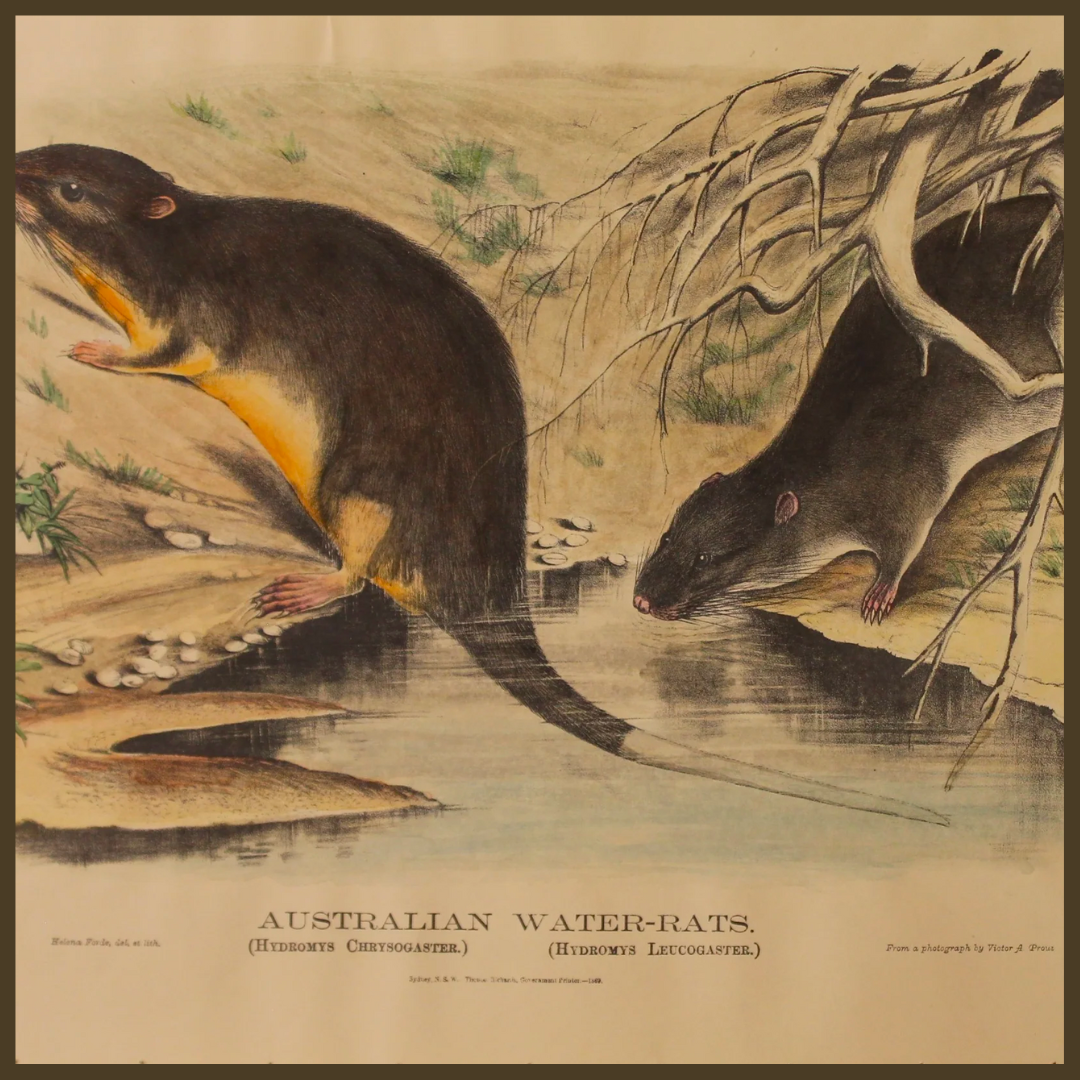
BIOGRAPHY OF RICHARD LYDEKKER
Share
Richard Lydekker was born at Tavistock Square in London. His father was Gerard Wolfe Lydekker, a barrister-at-law with Dutch ancestry. The family moved to Harpenden Lodge soon after Richard's birth.[2] He was educated at Trinity College, Cambridge, where he took a first-class in the Natural Science tripos (1872). In 1874 he joined the Geological Survey of India and made studies of the vertebrate palaeontology of northern India (especially Kashmir). He remained in this post until the death of his father in 1881. His main work in India was on the Siwalik palaeofauna; it was published in Palaeontologia Indica. He was responsible for the cataloguing of the fossil mammals, reptiles and birds in the Natural History Museum (10 vols., 1891).[4]
He named a variety of taxa including the golden-bellied mangabey; as a tax on authority he is named simply as "Lydekker".[5]
He was influential in the science of biogeography.
In 1895 he delineated the biogeographical boundary through Indonesia, known as Lydekker's Line, that separates Wallacea on the west from Australia-New Guinea on the east.[4] It follows the edge of the Sahul Shelf, an area from New Guinea to Australia of shallow water with the Aru Islands on its edge. Along with Wallace's Line and Huxley's Line it indicates the definite effect of geology on the biogeography of the region, something not seen so clearly in other parts of the world.[6]
Taken from Wikipaedia
If you are after Animal Prints for Sale look no further than our collection here:



